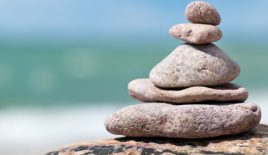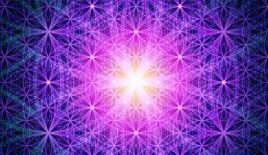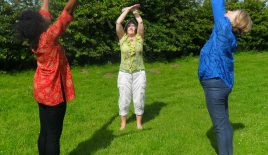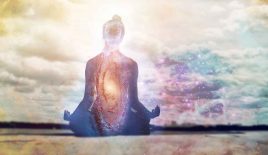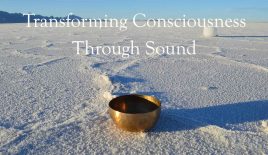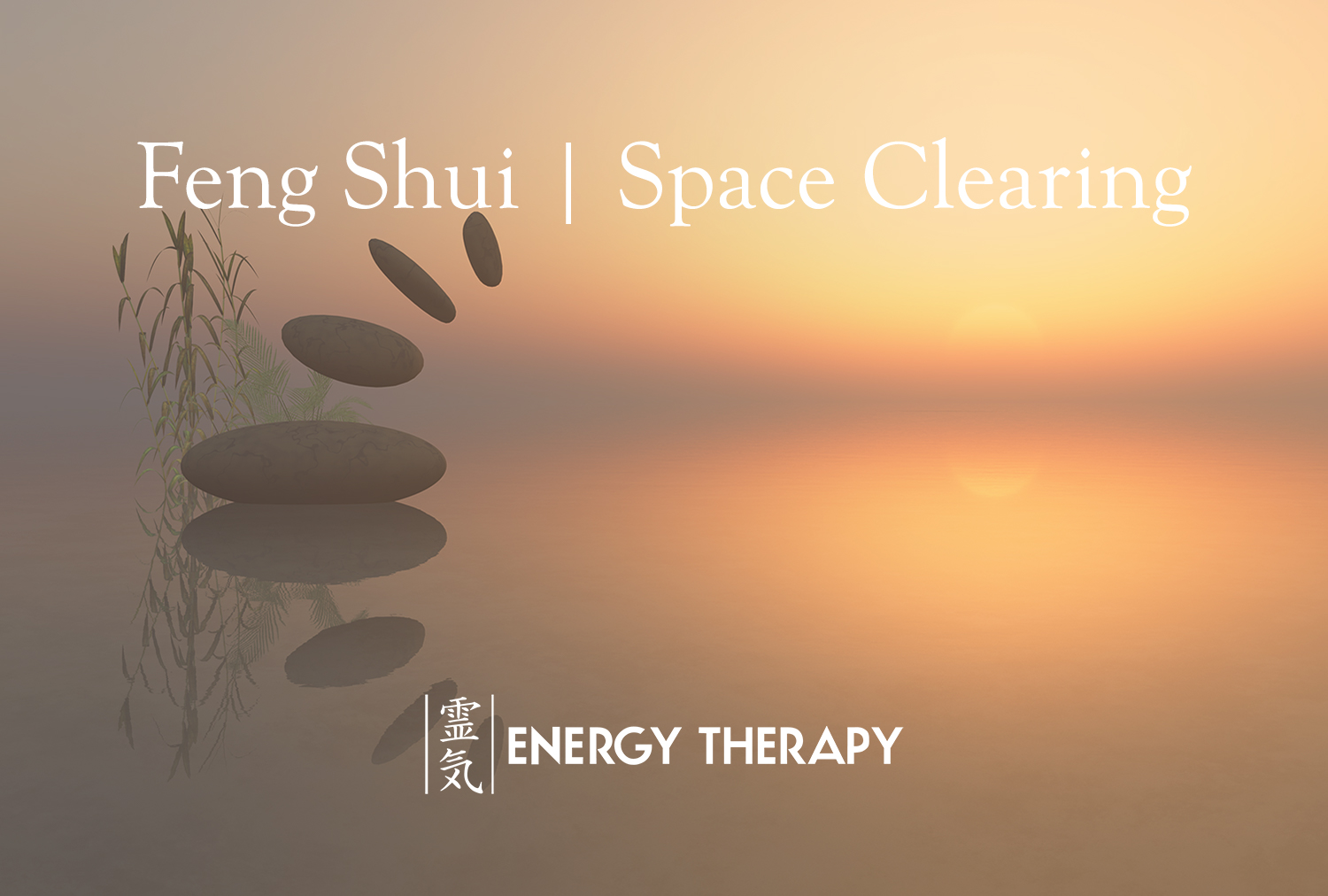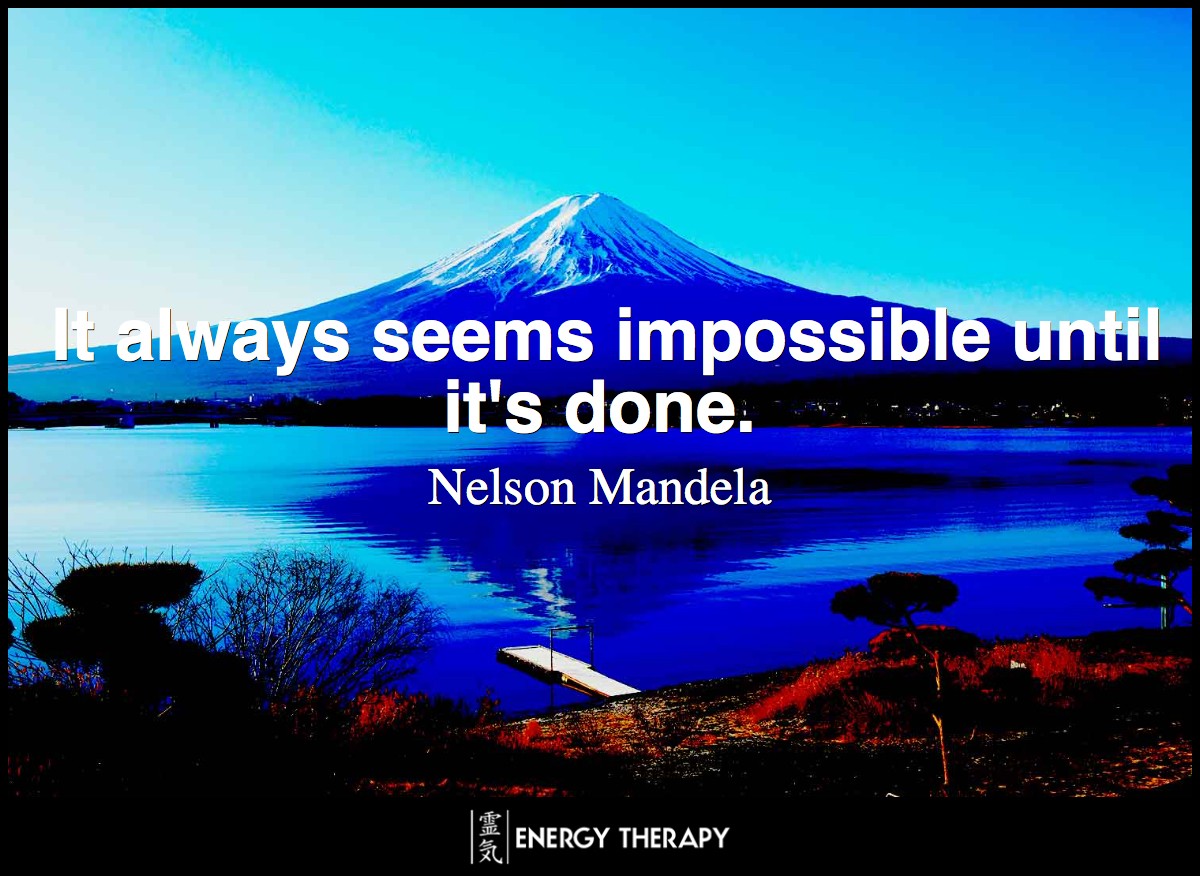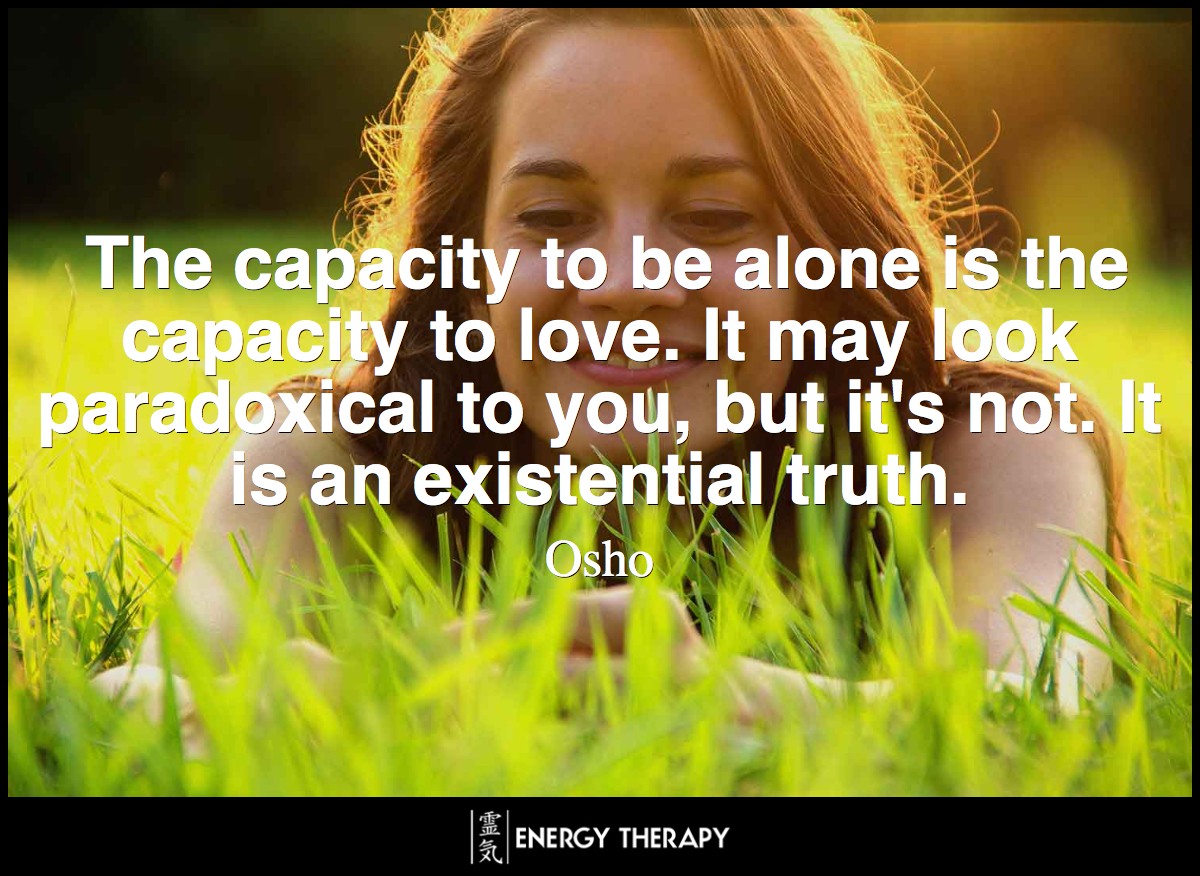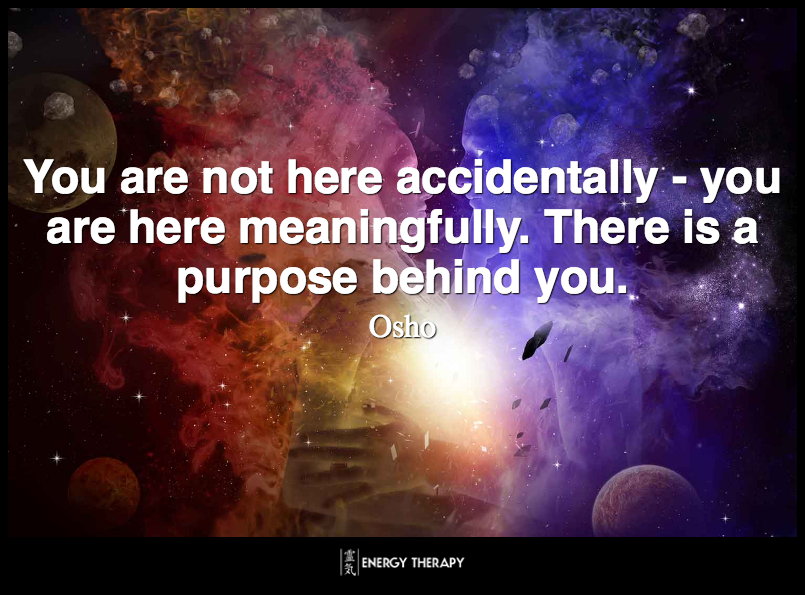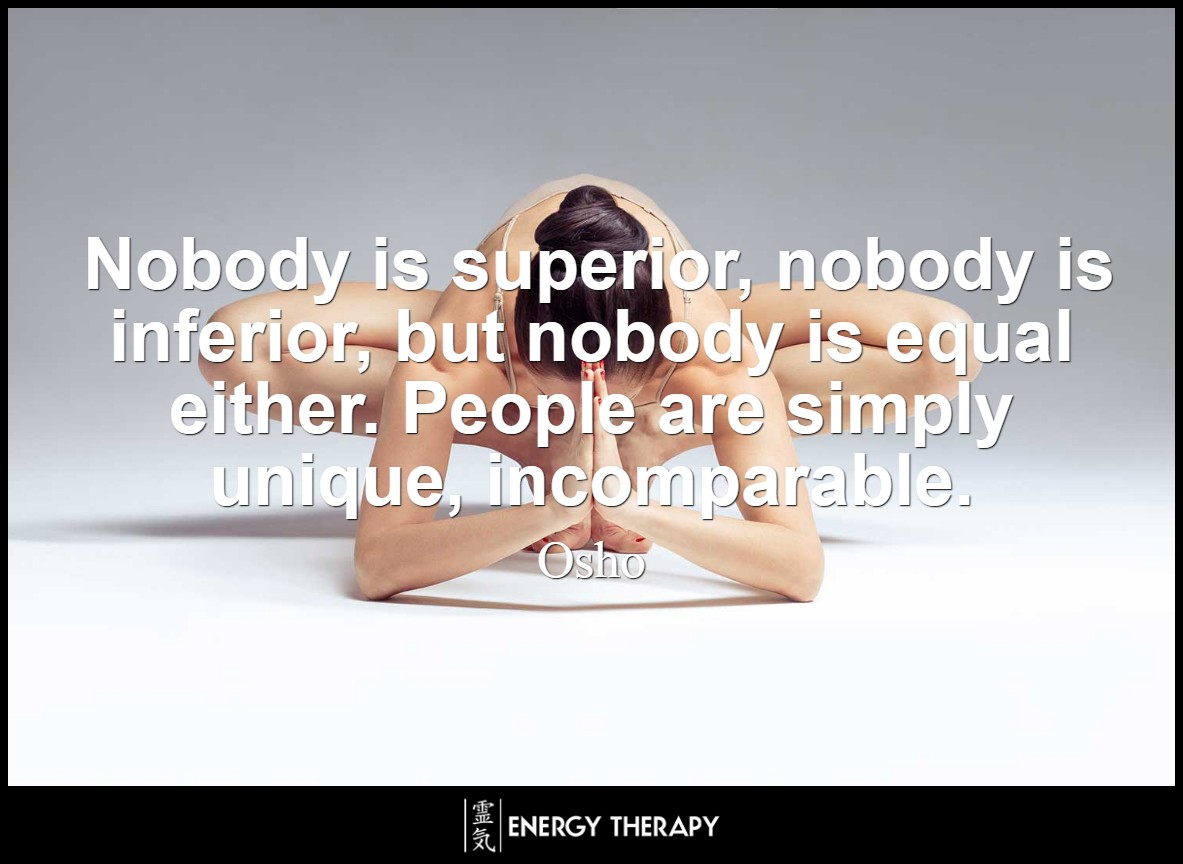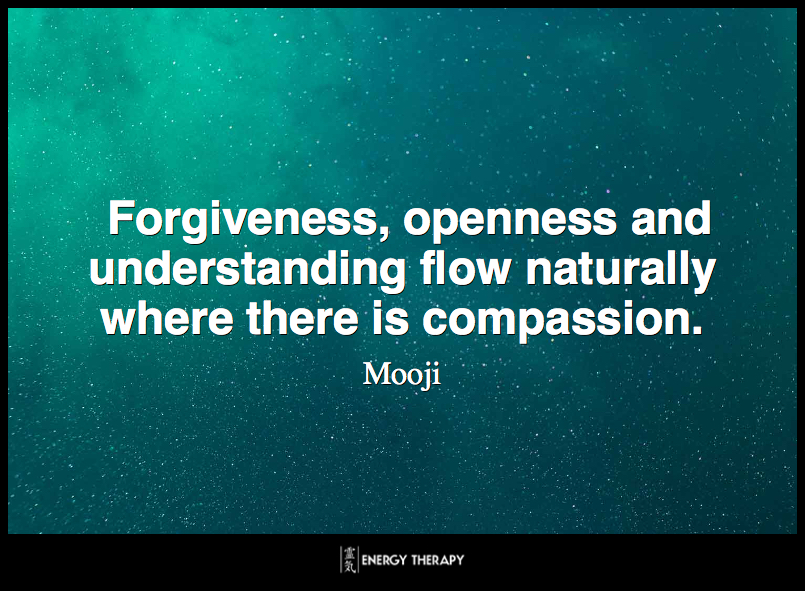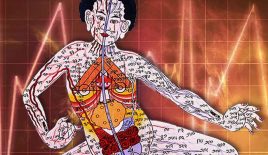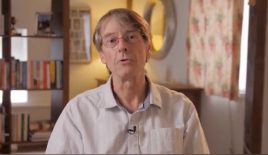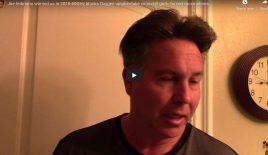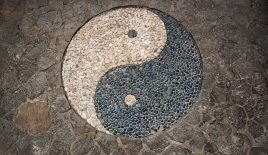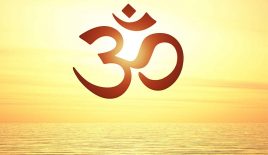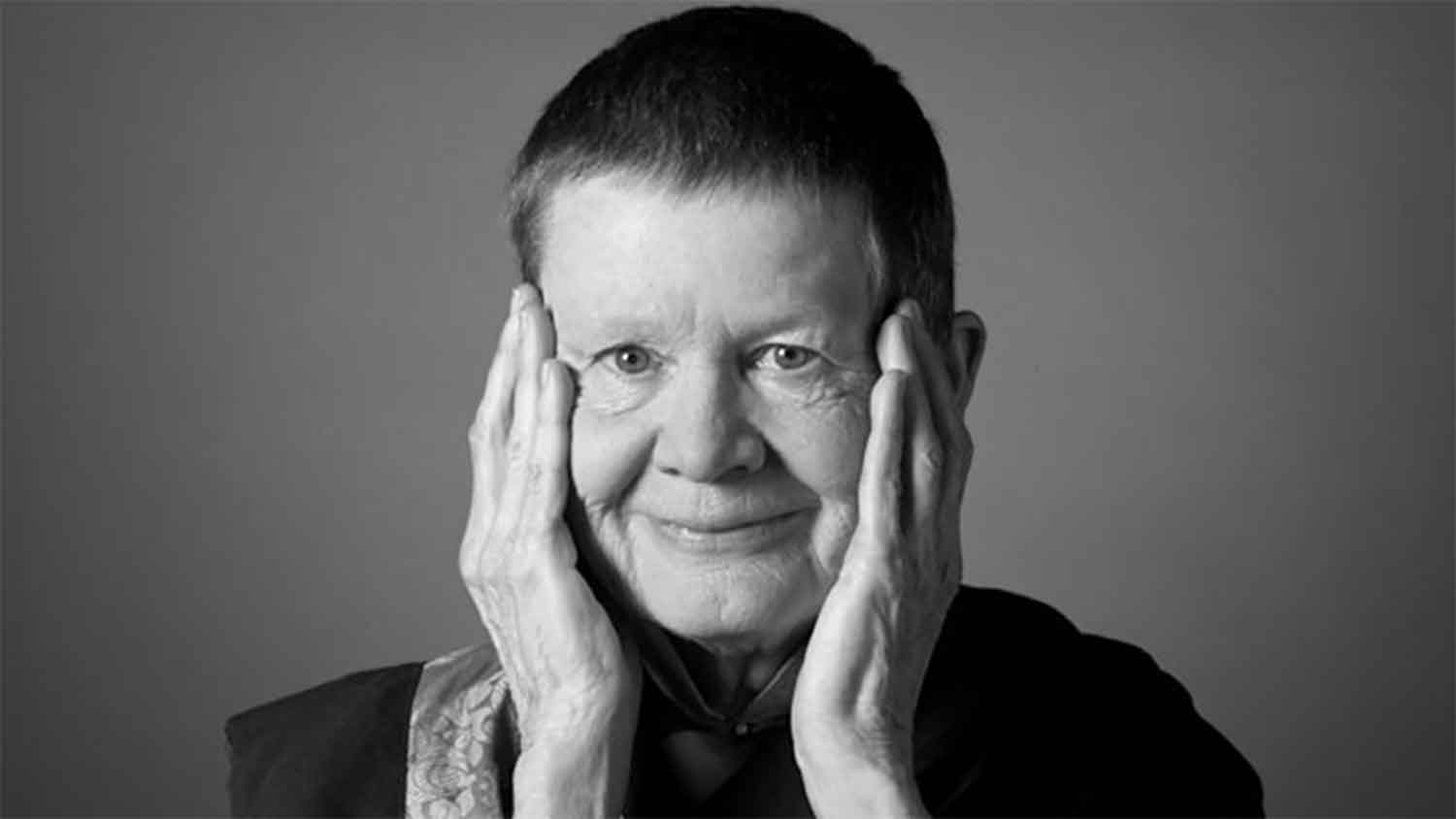The Buddhist Meditation Practice of Tonglen. Learn the Art of Reverse Breathing!
Tonglen will increase your ability to love and stay present in difficult times through Awakened Compassion.
Over a decade ago, I came across a little book my mother had in her spiritual library called “Always maintain a joyful heart”, written by a Buddhist nun called Pema Chödrön. It was deeply nourishing to me, and came into my awareness as I finished my initial Reiki Master training, which also had Buddhist roots.
Since then, I have read and practiced many of Pema’s teachings but one of my firm favourites remains the practice of Tonglen, a traditional Buddhist practice that can help anyone to unlock their natural capacity to love more fully. What we usually resent and push away becomes the very means by which our heart and mind become open and free!
As the Sufi mystic Rumi once said, “the cure for the pain IS the pain!”
How many of us try to avoid the suffering of this world precisely for the reason that it is so painful. We want to run and hide… we numb ourselves with video games, internet porn, TV, alcohol, cigarettes and worse!
Even those who have acquired great wealth cannot buy inner peace with their money.
The tonglen practice is a method for connecting with our own deep pain and suffering – and also that which is all around us – in order to transcend it. It is about moving past our pain and fear by awakening the compassionate heart.
Whatever we have gone through, whatever we are facing, all of the stress and tiredness, difficulty and tension, we can take all of it into our sacred heart, our deepest self, our very Being.
Tonglen brings about dynamic stillness.
It provides a direct and powerful method to heal both ourselves and the world around us because, truthfully, there is no ‘us’ and ‘them’. This is the big illusion for us to see through, and overcome in terms of fostering harmonious human relationships.
The human world is in a deep state of crisis precisely because so many have been taught to follow the voice inside their head – the false self or ego – and deny the pain and suffering that is asking them to wake up.
Waking up will stop many destructive and self-destructive behaviours.
To begin this practice, all you need is your own breath, and the willingness to explore your own psyche – and the human conditioning of suffering. Not in a morbid sense but in a way that heals transmutes and transforms it!
We can begin the practice simply by breathing in our own pain and suffering, whatever we are holding onto.
Maybe we can’t name the pain we’re experiencingbut we can feel it – a tightness in the stomach, a heavy darkness, or whatever. Feeling is a powerful gateway to connecting with Being.
We just breathe and stay with the uncomfortable feeling. No thought is necessary.
We breathe in the unhappiness, the ‘stuckness’, the claustrophobia, knowing that none of it can get trapped inside of the Being inside that is truly us – the empty space of Being is so vast it swallows all of it up.
Not only does it swallow it up, but it transforms it.
We can then breathe out a feeling of relief, of coolness, of freshness… just like when you feel it’s stuffy inside your home and you go outside to take a breath of fresh air.
In order to fully awaken the compassionate heart, we can also do tonglen for the millions of other people just like us who at that very moment are feeling exactly the same stuckness and misery. We simply extend our awareness to the fact that our pain and suffering is a shared human experience.
Because of our own personal journey, we recognise it and can breathe it in for all the people who are caught up with that same emotion, and we send our relief or whatever opens up the space for ourselves and all those countless others.
We simply get in touch with what we are feeling and breathe in, taking it in, for all of us – and sending out relief to all of us.
Traditionally, we take on the suffering of a person whom we know to be hurting and wish to help. For instance, if we know of a child who is hurt or harmed, we simply “breathe in” with the wish to take away all of that child’s pain and fear. Then, as we breathe out, we send happiness, joy, or whatever would bring relief to the child.
This is the core of the practice: breathing in other people’s pain, and breathing out, intentionally sending them relaxation or whatever we feel would bring them relief.
A common stumbling block is that we come face to face with our own fear, our own resistance or anger, or whatever our personal pain happens to be just at that moment!
Here’s the key to understand! Because the energy of relief and transformation moves through you, youare transformed.
Do not underestimate the power of your own breath!
Yogis and meditation masters have know about, and spoken about, the power of the breath over millennia – and the ‘science of breath’ is still as valid today as it ever was!
At first, this practice may seem to be counter intuitive and even a little morbid or dangerous to most people – after all, who wants to breathe in suffering?
Yet, truthfully, this practice does go against the grain of wanting things on our own terms, wanting everything to work out for ourselves no matter what happens to the others.
Tonglen dissolves the walls we’ve built around our hearts. It dissolves the layers of self-protection we’ve tried so hard to create that keeps us separate from others.
In Buddhist language, we could say that it dissolves the fixation and clinging of ego. Tonglen reverses the logic of avoiding suffering and seeking pleasure, which is a trap.
If we can stay present with our breath, we can become liberated from very ancient patterns of selfishness. We begin to feel love for both ourselves and others, and we begin to take care of ourselves and others.
The ‘new age’ tendency is to breathe in joy and push away suffering. Yet, how can we heal if we don’t face the other side of the coin.
Tonglen awakens our compassion and introduces us to a far bigger view of reality. It introduces us to the unlimited spaciousness of “shunyata”. By doing the practice, we begin to connect with the open dimension of our inner being. This allows us to experience things as not such a big deal and not so solid as they seemed before.
Tonglen can be done for those who are ill, those who are dying or have died, those who have lost loved ones, those who are in pain of any kind.
“[Tonglen] can be done as a formal meditation practice or right on the spot at any time. We are out walking and we see someone in pain – right on the spot we can begin to breathe in that person’s pain and send out relief. Or we are just as likely to see someone in pain and look away. The pain brings up our fear or anger; it brings up our resistance and confusion. So on the spot we can do tonglen for all the people just like ourselves, all those who wish to be compassionate but instead are afraid – who wish to be brave but instead are cowardly. Rather than beating ourselves up, we can use our personal stuckness as a stepping stone to understanding what people are up against all over the world. Breathe in for all of us and breathe out for all of us. Use what seems like poison as medicine. We can use our personal suffering as the path to compassion for all beings.” Pema Chodron
Sign up for a free 14-day trial of our new e-learning platform and listen to a powerful 15 minute audio clip on tonglen, featuring the healing sounds of the Tibetan singing bowls.
Enjoyed this article and want to know more? Here are some easy steps you can take right now…
- Book a life changing “remote healing session” with Soul Guidance with Jaime: https://www.energytherapy.biz/energy-healing-with-jaime-tanna/
- Join Jaime’s fantastic 1 year Energy Coaching Program: Total Frequency Shift — Discover Radiant Health & Freedom
- Sign up for Jaime’s exciting new substack at https://energytherapy.substack.com/https://energytherapy.substack.com/


